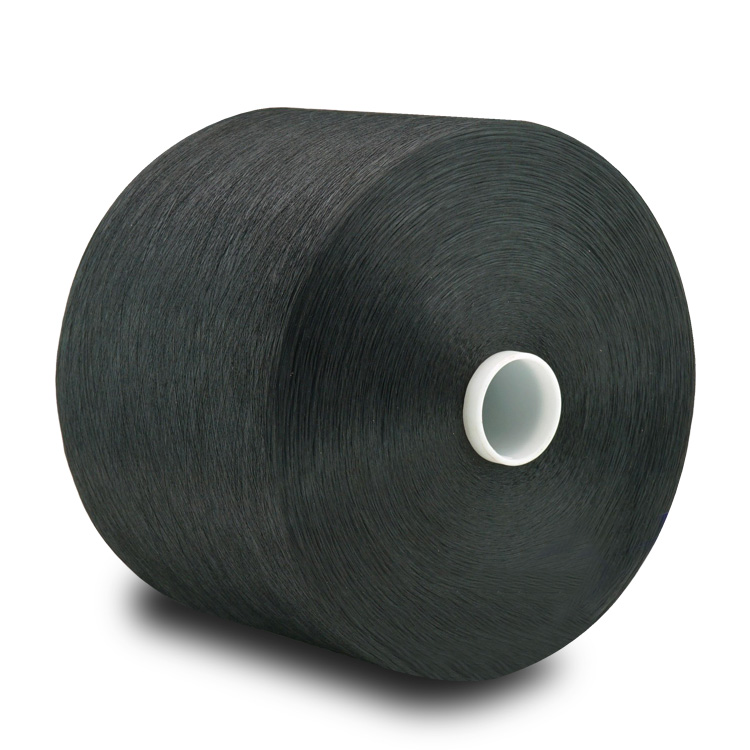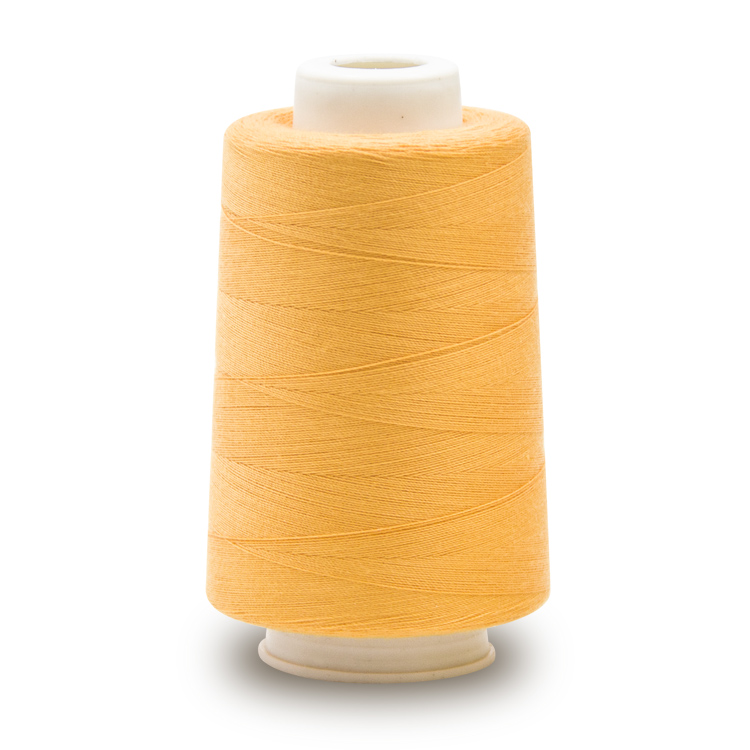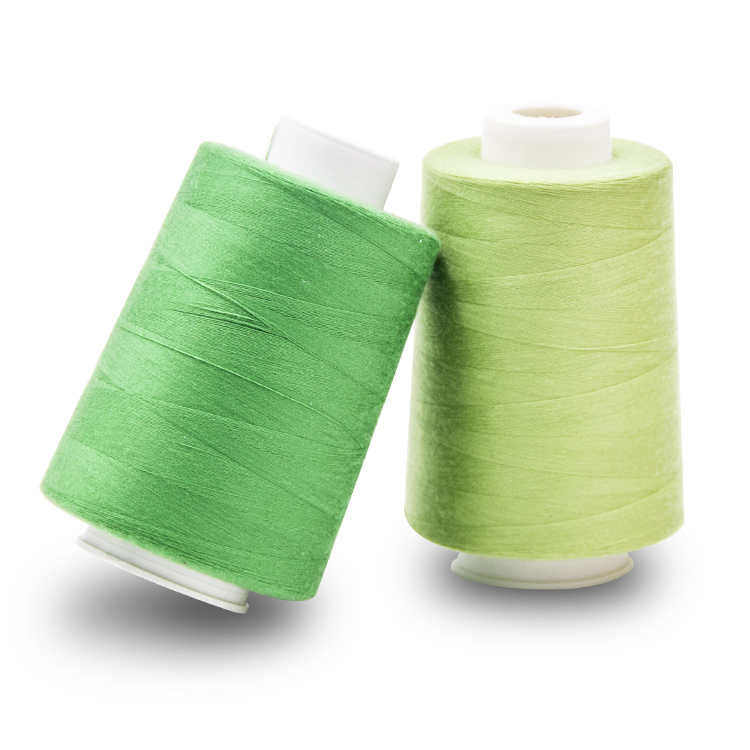
How to adjust control and stabilize drawing force of yarn thread roller
1. Adjustment of yarn drafting force
In daily production, yarn thread varieties, raw materials, season, climate and other changes are frequent.
The change of these factors will inevitably lead to the change of drafting force. Therefore, yarn thread process adjustment must be carried out.
The essence of yarn thread process adjustment is to adjust the drafting force or grip force so that the drafting device can adapt to the changed new situation.
It is the most commonly used method to adjust drafting force or grip force by adjusting quantification, drafting multiple, yarn thread roller gauge, cot pressure, etc.
For example, when spinning fine yarn thread with different varieties, because the fine yarn thread requires long raw cotton length, low linear density, good uniformity, more natural turns and good maturity, the drafting force of spinning with such raw cotton is sure to be large, therefore, light weight, larger drafting ratio, larger roller spacing or heavier rubber roller pressure are needed.( Changing the pressure means changing the grip force to suit the drawing force.

In daily production, the length and linear density of batch raw cotton differ greatly, or the yarn thread is spun by zigzag cotton with good regularity instead of cotton roller.
Because of the change of drafting force, the yarn thread slips under the roller nipper, which easily causes the yarn evenness deterioration.
At this time, measures such as enlarging the roller gauge or increasing the roller pressure should be adopted to adjust the draft.
If you want to adjust the draft force in the back zone of the spinning frame, you can also adjust the twist coefficient of the yarn thread roving.
2. Stability of drawing force
In order to improve evenness of yarn thread evenness, besides controlling the size of drafting force, it is necessary to control the fluctuation of drafting force, that is, to reduce the irregularity of drafting force and keep drafting force stable.
There are two main ways to stabilize drafting force in production:
(1) Reasonable selection of yarn thread processing parameters, i.e. reasonable selection of yarn quantity, drafting multiple, roller gauge and cot pressure, to keep the drafting force within a certain range and to adapt to the grip force.
(2) Strictly control the difference of raw cotton properties of batch yarn thread. In cotton blending, the difference of average length and linear density of blended cotton fibers yarn thread before and after batching should be strictly controlled to minimize the fluctuation of drafting force.
At the same time, the changes of mechanical state of drafting device, wear and aging of machine parts, and changes of temperature and humidity in workshop all directly affect the change of drafting force, so it is necessary to stabilize drafting force.
At the same time, relevant work should be done well.

3. Control of yarn thread drafting force
Controlling the appropriate drafting force and maintaining its stability are the necessary conditions to ensure the stability of the fiber movement in the drafting process, which directly affects whether the drafting process can be carried out normally and the uniformity of the product. For this reason, the yarn thread drawing force must satisfy two limit conditions:
(1) The upper limit of yarn thread drafting force should not approach or exceed the holding force of roller nippers under normal pressure.
(2) The lower limit of yarn thread drafting force should keep proper tension in the weakest part of yarn strength in drafting area.
The yarn thread drafting force must be limited within these two limits, and the tension produced by the drafting force on the yarn must be reasonably distributed along the yarn thread.
Tension must not exceed the strength of the yarn thread, otherwise it will cause the yarn thread to split or even break, making the drafting unable to proceed normally.




